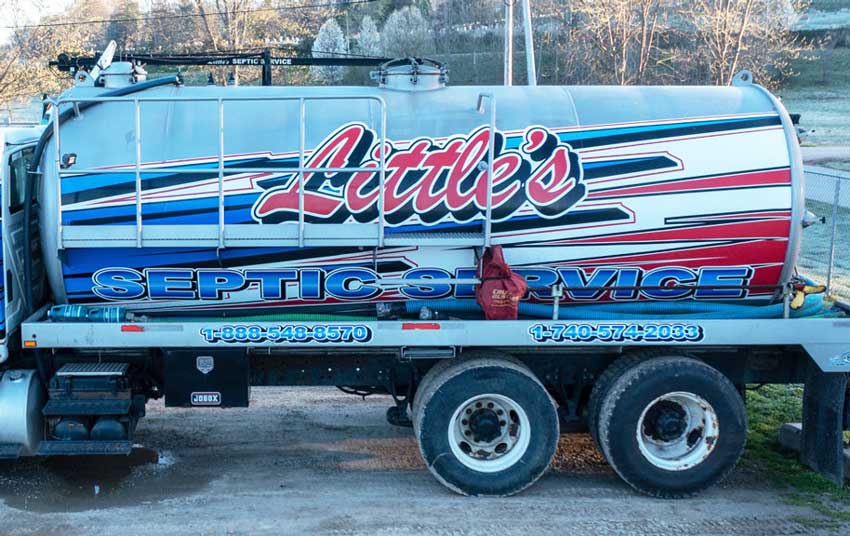The Definitive Guide for Stillwell Septic And Grading
The Definitive Guide for Stillwell Septic And Grading
Blog Article
Our Stillwell Septic And Grading PDFs
Table of ContentsFascination About Stillwell Septic And GradingLittle Known Facts About Stillwell Septic And Grading.Examine This Report about Stillwell Septic And GradingIndicators on Stillwell Septic And Grading You Should KnowExamine This Report about Stillwell Septic And GradingTop Guidelines Of Stillwell Septic And GradingIndicators on Stillwell Septic And Grading You Need To Know
Generally, septic system setup is a complicated procedure that calls for cautious preparation and execution. Home owners must deal with a credible installment team and understand regional policies and requirements to make sure that their septic system operates properly for years to find. After the septic system has been mounted and attached to the drainpipe field, it is time to backfill the area.The backfill material ought to be complimentary of clods, large rocks, icy matter, and particles that can lead to spaces in the backfill that might enable settling in time. Crushed rock or pea gravel 1/2-inch in diameter is liked if native materials are not appropriate. When the backfilling is complete, it is time to landscape the area.
As soon as the septic system has been mounted, it is crucial to evaluate it to ensure that it is working appropriately (Septic Installers). https://stillwellsag.start.page. Evaluating the system involves looking for leaks, ensuring that the tank is at the proper degree, and checking out the drainpipe area. One of one of the most usual examinations done is the hydraulic load test
5 Simple Techniques For Stillwell Septic And Grading
The water is then monitored to make sure that it moves properly with the pipes and into the drain field. If the water does not stream correctly or supports into the storage tank, it may show an issue with the system. One more examination that is generally performed is the color test.
The dye is then checked to make certain that it moves appropriately with the pipes and right into the drainpipe area. If the dye does not move appropriately or shows up in the wrong location, it might suggest an issue with the system. It is crucial to have a specialist execute these tests to ensure that they are done appropriately.

Some Known Questions About Stillwell Septic And Grading.
Below are some necessary tips for home owners to keep their septic system: The average household septic tank should be examined at the very least every 3 years by a septic solution professional. The regularity of pumping relies on the dimension of the storage tank and the variety of individuals using it. https://www.metal-archives.com/users/stillwellsag. A general general rule is to pump the container every three to 5 years
Utilizing water-efficient fixtures and devices, such as low-flow showerheads and bathrooms, can lower water usage and assist the septic tank work much more efficiently. Just flush toilet tissue and human waste down the commode. Stay clear of purging anything else, including feminine health items, baby wipes, and food preparation grease, as they can clog the system.
The Only Guide to Stillwell Septic And Grading
Sewage-disposal tank installation is a complex process that calls for mindful planning and execution. Home owners must be aware of the necessary steps entailed in the installment process to make sure that their septic tank works effectively and successfully. The initial step is to assess the site where the septic tank will be set up.
The soil kind will affect just how swiftly wastewater is absorbed and filtered. When the site has actually been assessed, the next action is to plan for the setup. This involves obtaining the necessary permits and assessments, in addition to selecting the ideal professional for the task. House owners need to ensure that their contractor is experienced in sewage-disposal tank installation and will function along with them throughout the procedure.
Some Known Incorrect Statements About Stillwell Septic And Grading

House owners need to be aware of the needed steps entailed in the setup process to ensure that their septic system functions effectively and effectively. By complying with these steps and maintaining their system, homeowners can feel confident that their septic tank will certainly supply reliable wastewater therapy for years ahead.
Nearly one in five U.S. homes have septic systems. If you're not correctly maintaining your septic system, you're not just hurting the atmosphere, you're placing your family members's wellness at riskand may be flushing thousands of bucks down the drainpipe!
About Stillwell Septic And Grading

All that additional water can truly strain your septic tank. Surprise the usage of water-generating appliances. This can be handy especially if your system has not been pumped in a very long time. Become more water he said efficient by fixing pipes leaks and take into consideration setting up washroom and kitchen area faucet aerators and water-efficient items.
Some Known Facts About Stillwell Septic And Grading.
Know your system's location. When you have the storage tank pumped, draw a representation or map showing its place in relation to taken care of factors - corners of the residence, steps, or fence messages.
Decrease the amount of wastewater that must be treated and disposed of by your system: Clean no more than one or 2 tons of clothing daily. Up to 53 gallons of water flood your septic system with each tons, so it's ideal to spread out washing out over the week.
Report this page